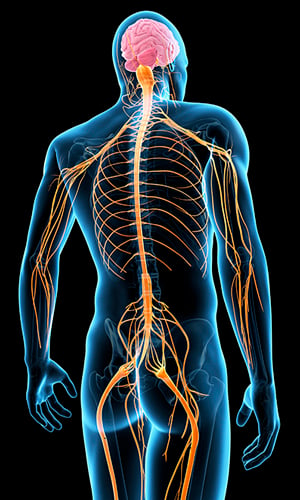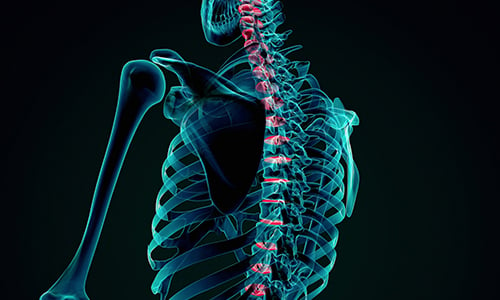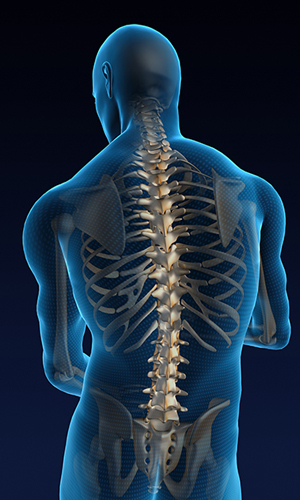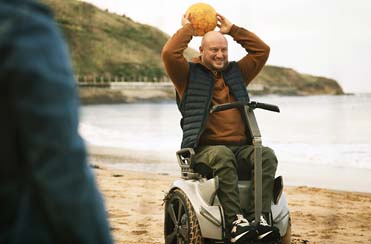Most spinal cord injuries fall under two distinct categories. Understanding their differences and the effect each has on the body can help navigate the challenges of one’s own situation.
Understanding the two main types of spinal cord injury is an important first step in helping you begin to research your prognosis. Indeed, it will arm you with the knowledge you need to ask your doctor and medical professionals more informed questions.

The material here, whilst no means comprehensive, is meant to provide an overview of these spinal cord injury types.
Complete SCI
Complete spinal cord injuries occur when the spinal cord is fully compressed or severed, completely eliminating the brain’s ability to send signals below the point of injury. For example, a complete spinal cord injury in the lumbar spinal cord may lead to paralysis below the waist, though movement in your arms and upper body may be preserved.
In the days immediately following a spinal cord injury, the symptoms of complete and incomplete spinal cord injury are often virtually indistinguishable. But over time, the symptoms of complete spinal cord injury will begin to emerge, including:
- Loss of sensation below the site of the injury;
- Complete loss of motion below the site of injury;
- Difficulty in controlling bladder or bowels;
- Difficulty in breathing on your own.
Incomplete SCI
In comparison, an incomplete spinal cord injury is one in which a person retains some feeling and/or function below the injury site in one or more areas of the body. These types of spinal cord injuries can produce a wide range of symptoms and variety of effects. For example, an incomplete spinal cord injury may be so mild that there is barely any muscle weakness or other signs an injury has occurred. Or it can be so severe that its symptoms are quite similar to that of a complete spinal cord injury. In general, symptoms of an incomplete spinal cord injury may include:
- Retaining some sensation below the site of the injury;
- Being able to move some muscles below the site of the injury;
- Experiencing/feeling pain below the site of the injury.
Treatment and recovery
Whilst no two spinal cord injuries are exactly alike, it is helpful to understand the impact on treatment and recovery, depending on which type of spinal cord injury you have suffered.
Because incomplete spinal cord injuries allow the spinal cord to retain some function, incomplete spinal cord injury survivors often make speedier recoveries, depending on a variety of factors including location of injury, overall health, quality of care and commitment to physiotherapy.
Whilst a complete spinal cord injury is a much more serious condition, it is not a reason to feel hopeless. Medical care, dedication to recovery and technological innovations are all helping both doctors and patients more effectively treat even the most severe cases.









